When you call your cat’s name, does their twitching ear or quick glance toward you reflect genuine affection or merely hardwired survival instinct? The question of how cats process human voices has fascinated pet owners for centuries, yet science has only recently begun unraveling this complex puzzle.
While the cats showed a significantly greater response to their owners calling their names than to strangers doing so, they did not bother to get up in either instance, revealing a distinctly feline approach to voice recognition that challenges our assumptions about pet attachment. What emerges from modern research is a sophisticated system where emotion and instinct intertwine in ways that might surprise you.
The Science Behind Voice Recognition in Cats
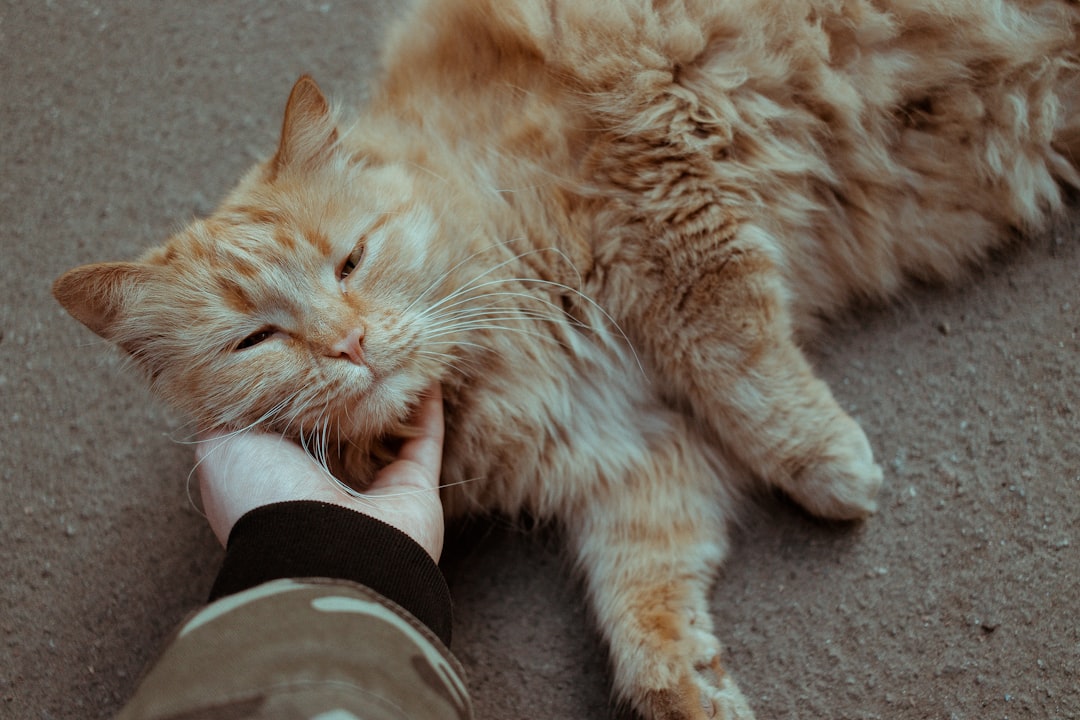
Scientists have discovered something remarkable about our feline companions. Cats are able to use vocal cues alone to distinguish between humans, showing they possess sophisticated auditory discrimination abilities. When researchers played recordings of different voices to household cats, these habituated cats showed a significant rebound in response to the subsequent presentation of their owners’ voices.
The evidence runs deeper than simple recognition. The cats responded to human voices not by communicative behavior (vocalization and tail movement), but by orienting behavior (ear movement and head movement). This subtle but significant distinction suggests cats process human voices differently than we might expect, responding through focused attention rather than vocal reciprocation.
Emotional Responses vs. Instinctive Reactions
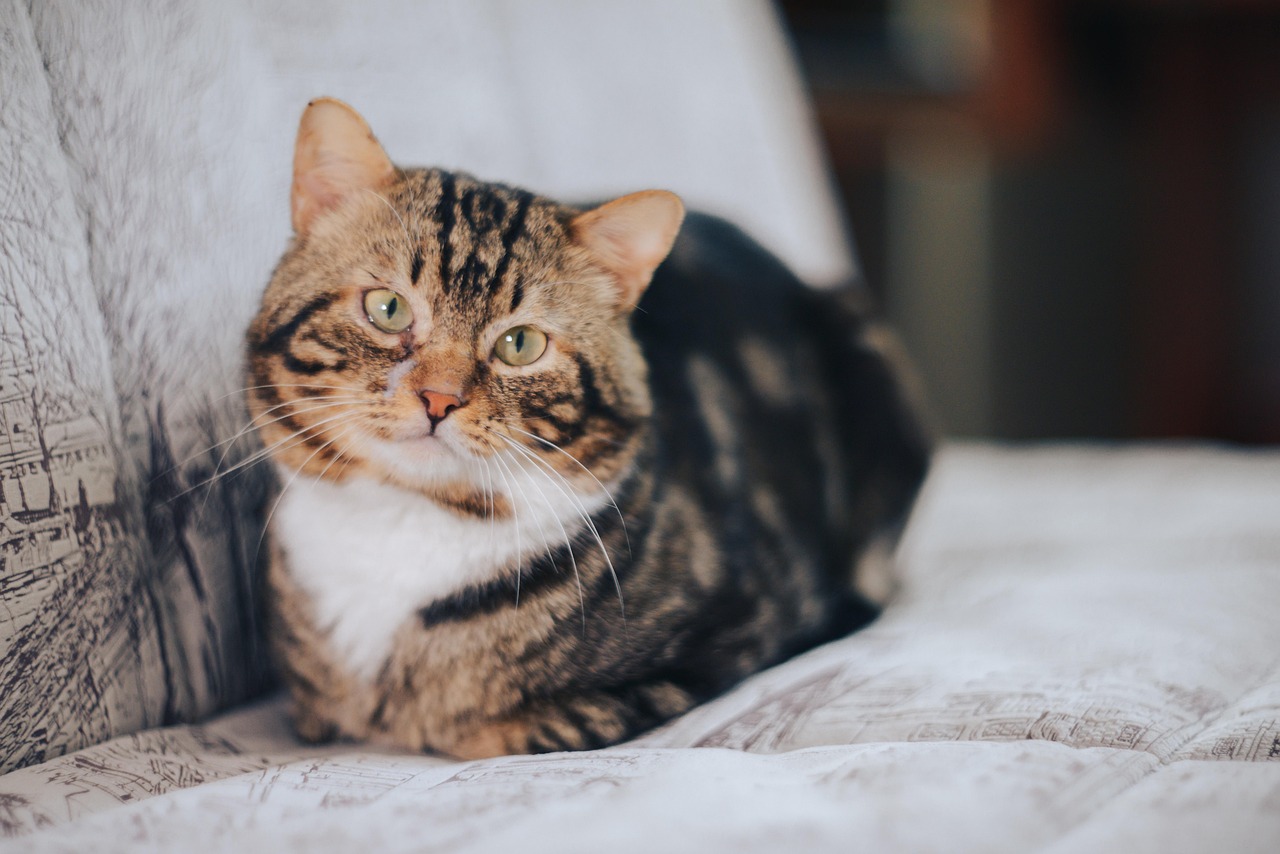
The boundary between emotion and instinct becomes particularly fascinating when examining how cats respond to familiar voices. Once they heard their owner’s voice, the cats turned their ears to the speakers and moved around the room more – and their pupils dilated. These physiological changes indicate arousal and heightened attention that goes beyond mere instinctive response patterns.
Cats, indeed, discriminate their owner’s emotional reaction toward an unfamiliar object and adjust their behavior accordingly, expressing more positive behaviors and spending a longer time in contact with their owner when they appeared happy. This behavioral flexibility suggests emotional processing rather than fixed instinctual responses. Cats actively interpret and respond to the emotional content in human voices, demonstrating cognitive evaluation alongside their natural reactions.
The Attachment Factor in Voice Recognition
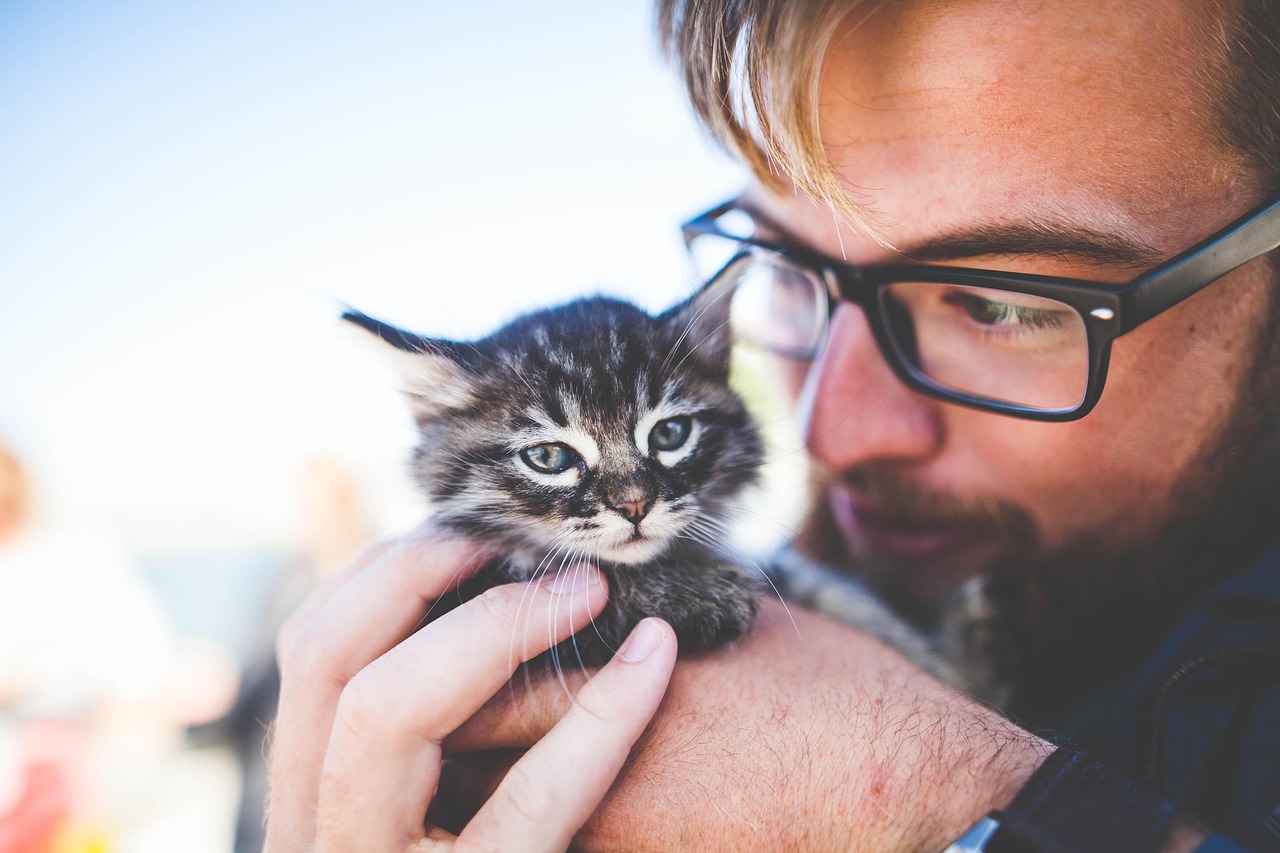
Having shared the same living environment with humans for at least 10,000 years, cats entertain complex and long-lasting relationships with their owners that have been recently classified as attachment bonds. This evolutionary partnership has shaped how cats process human vocal cues, creating a unique interspecies communication system.
Research reveals that attachment influences voice recognition profoundly. The cats displayed behaviours such as turning their ears to the speakers, increased movement around the room, and pupil dilation when hearing their owners’ voice. These responses occur specifically for familiar voices, not strangers, indicating that emotional bonds enhance the neural processing of vocal recognition in cats.
How Cats Distinguish Owner Voices from Strangers
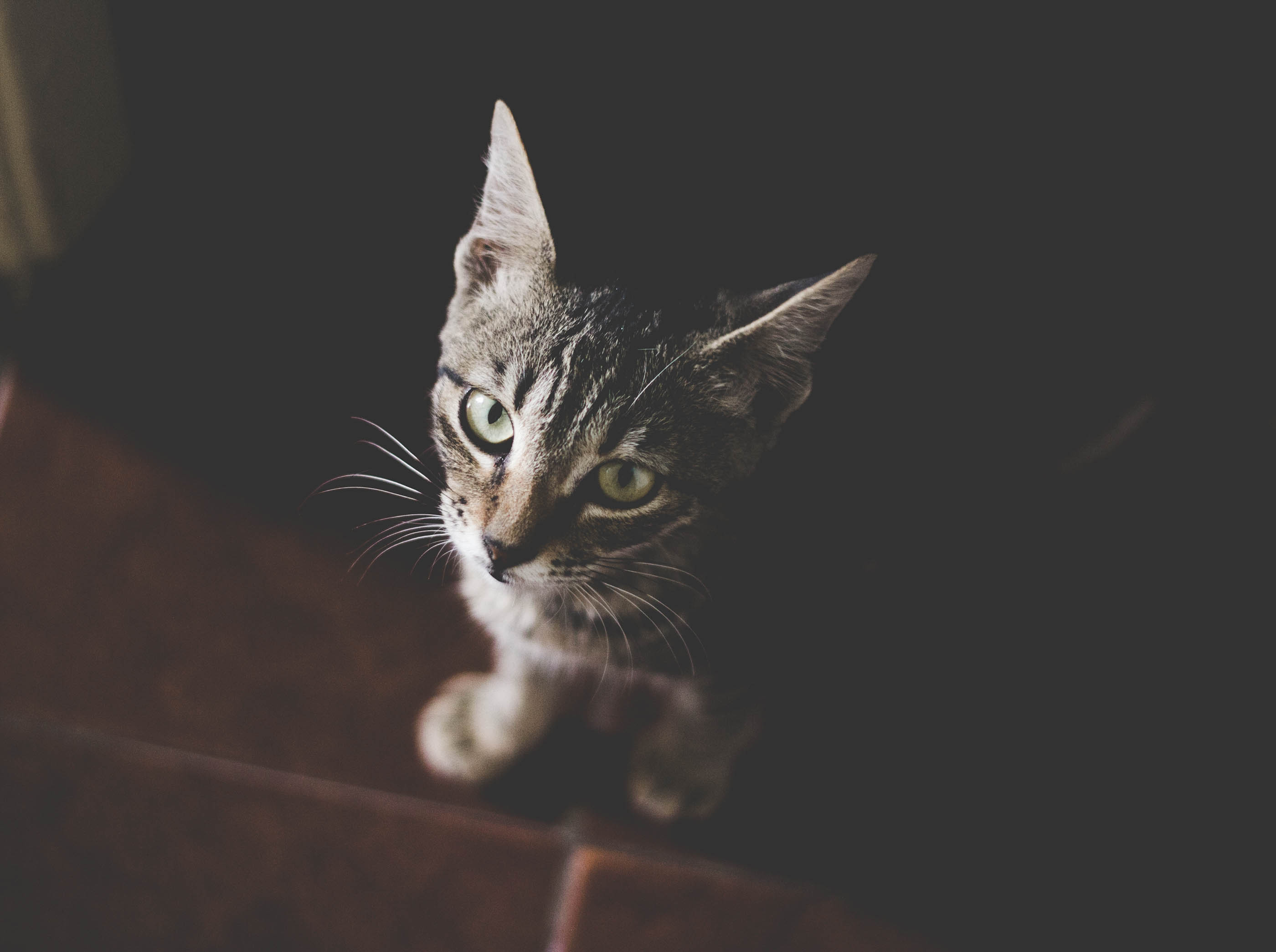
The mechanics of feline voice recognition prove surprisingly sophisticated. Ten of the 20 cats decreased their behavior intensity when they heard three audio clips of a stranger calling them by name. Not surprisingly, the researchers concluded that the cats recognized the voices of people they knew. This habituation-dishabituation pattern demonstrates active cognitive processing.
What makes this recognition remarkable is its selectivity. Cats don’t simply respond to any human voice with equal intensity. They’ve developed the ability to differentiate between familiar and unfamiliar speakers, suggesting their brains have formed specific neural templates for important human voices. This selective attention indicates that voice recognition in cats involves learned associations rather than purely instinctive responses.
The Role of Tone and Emotional Content
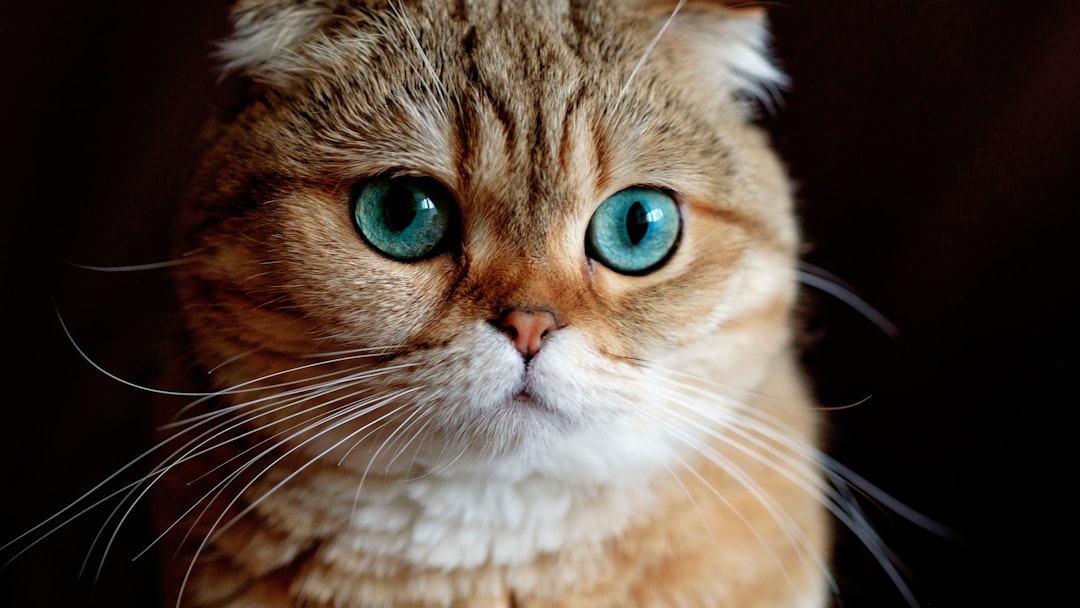
Perhaps most intriguingly, cats respond differently to how their owners speak to them versus how owners speak to other humans. They “decreased their behavior” (quit paying much attention) when their owners were speaking in an adult-directed tone. But they “significantly increased their behavior” (started paying more attention) when they heard that same owner speaking in the cat-directed tone.
This sophisticated discrimination reveals that cats process both speaker identity and communicative intent. This indicated that the cats could recognize when their owners were talking to them, suggesting they understand the directional nature of human communication. The ability to interpret tone alongside voice recognition points toward emotional processing rather than simple instinctive reaction patterns.
Brain Processing and Neural Pathways
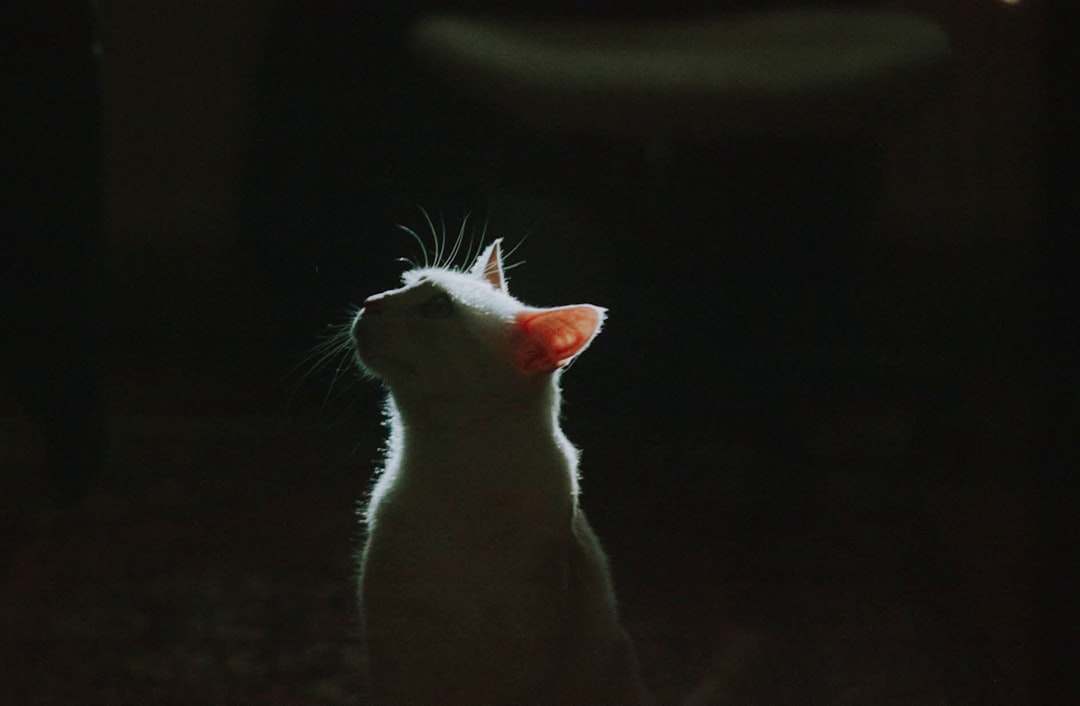
Neuroscientific research illuminates the biological mechanisms underlying these responses. The comparison with human non-speech affective vocalizations revealed a common response to the valence in orbitofrontal cortex, a key component on the limbic system. These findings suggest that the neural mechanisms involved in processing human affective vocalizations may be recruited by heterospecific affective vocalizations.
The brain pathways involved in voice processing appear to integrate both instinctive and learned components. Cats have a cognitive representation of emotions of both conspecifics and humans, which allows them to correctly match visual and auditory signals for emotional recognition. This cross-modal integration suggests sophisticated neural processing that combines immediate instinctive responses with learned emotional associations.
The Evolution of Cat-Human Communication

Overall, cats’ adaptation to the human social environment employs a combination of ontogenetic and evolutionary processes that provide the basis for complex forms of interspecific communication. This adaptation represents thousands of years of coevolution between cats and humans, creating unique communication patterns.
Remarkably, domestic cats tend to meow much more than feral cats. They rarely meow to communicate with fellow cats or other animals. This suggests that domestic cats have specifically evolved vocalizations for human interaction, while their voice recognition abilities have simultaneously adapted to process human vocal patterns. The development represents both instinctive adaptation and learned emotional responses working together.
Individual Differences in Voice Recognition
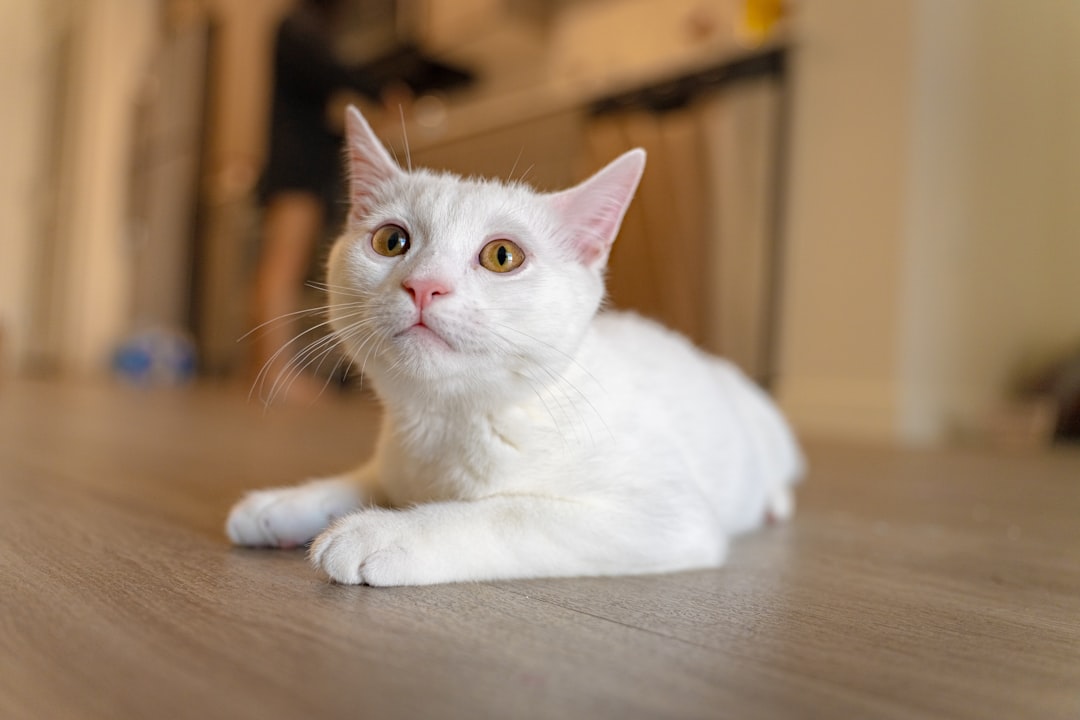
Not all cats respond identically to human voices, revealing the complexity of this phenomenon. Emotional motivations in cats are believed to be triggered more by instinct and less by conscious thoughts. Despite this, feline emotions are not static but vary between individuals, as well as within individuals, across time and contexts.
These individual variations suggest that while cats possess instinctive capacities for voice recognition, emotional experiences and learning significantly shape how these abilities develop. Some cats may show stronger emotional responses to familiar voices, while others might rely more heavily on instinctive recognition patterns. The variability indicates that both nature and nurture influence how cats process human vocal communication.
What This Means for Cat Owners

Understanding how cats process human voices offers practical insights for pet owners. Our results highlight the importance of one-to-one relationships for cats, reinforcing recent literature regarding the ability for cats and humans to form strong bonds. Your cat’s response to your voice reflects both their evolutionary heritage and your unique relationship.
The research suggests that consistent, positive vocal interactions can strengthen the emotional bond between cats and their owners. Overall, cats recognise their owners through a mix of emotions, routine, scent and voice. This multisensory recognition system means that your voice becomes part of a complex emotional and cognitive framework that your cat uses to understand and interact with you.
The Future of Feline Voice Research
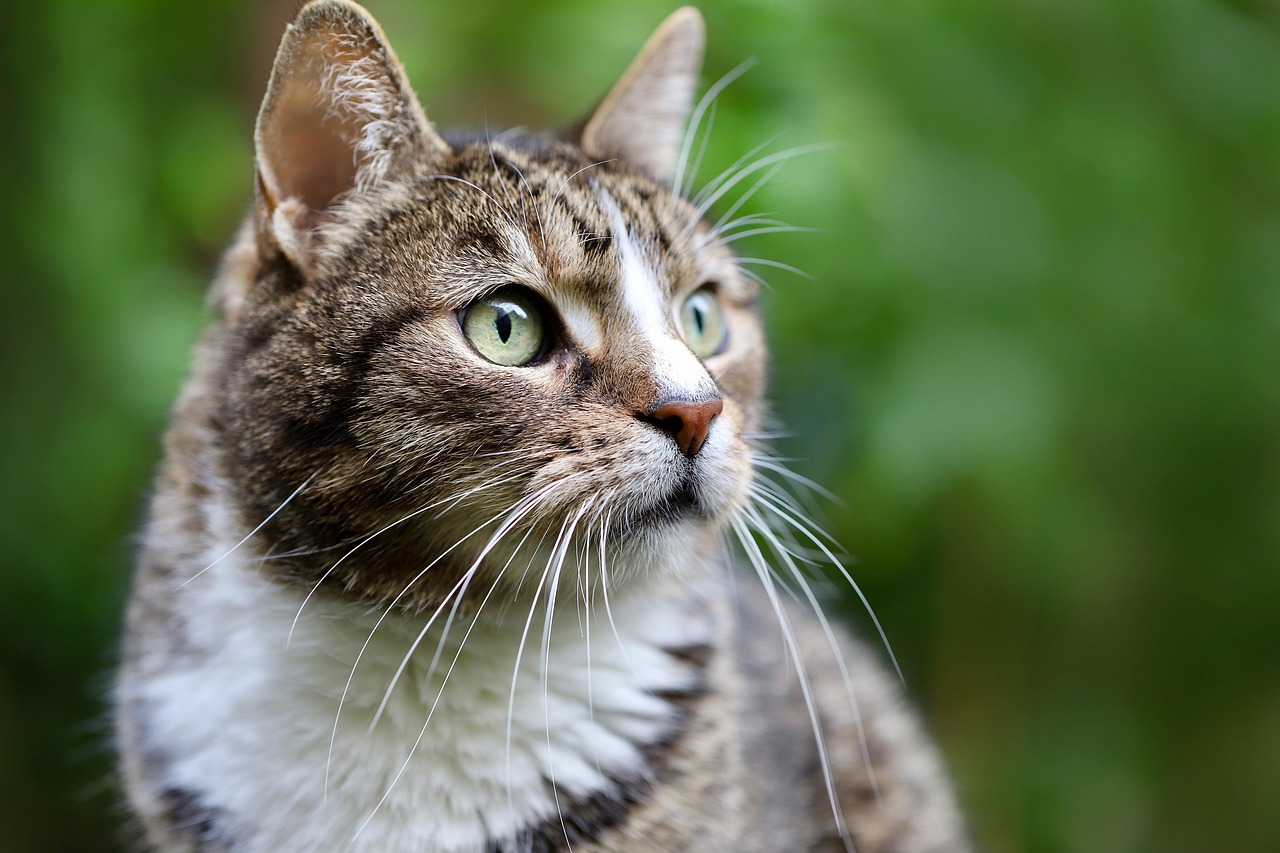
Although interest in cat cognition is growing, we still have a long way to go until we have an inclusive body of research on the subject. Therefore, this review also identifies areas where future research must be conducted. Current studies have only begun to scratch the surface of feline vocal cognition and emotional processing.
Future research may reveal even more sophisticated aspects of cat voice recognition, potentially uncovering how cats distinguish between different emotional states in human voices or how early experiences shape their vocal recognition abilities. As technology advances, we may discover that the cat-human vocal relationship is far more complex and emotionally rich than we currently understand.
So, when your cat turns toward you upon hearing your voice, you’re witnessing a remarkable blend of evolutionary adaptation and learned emotional response. It’s neither purely instinct nor solely emotion, but rather a sophisticated interplay of both that reflects millions of years of evolution and the unique bond you’ve built together. What do you think about this fascinating intersection of biology and emotion in your feline companion?






